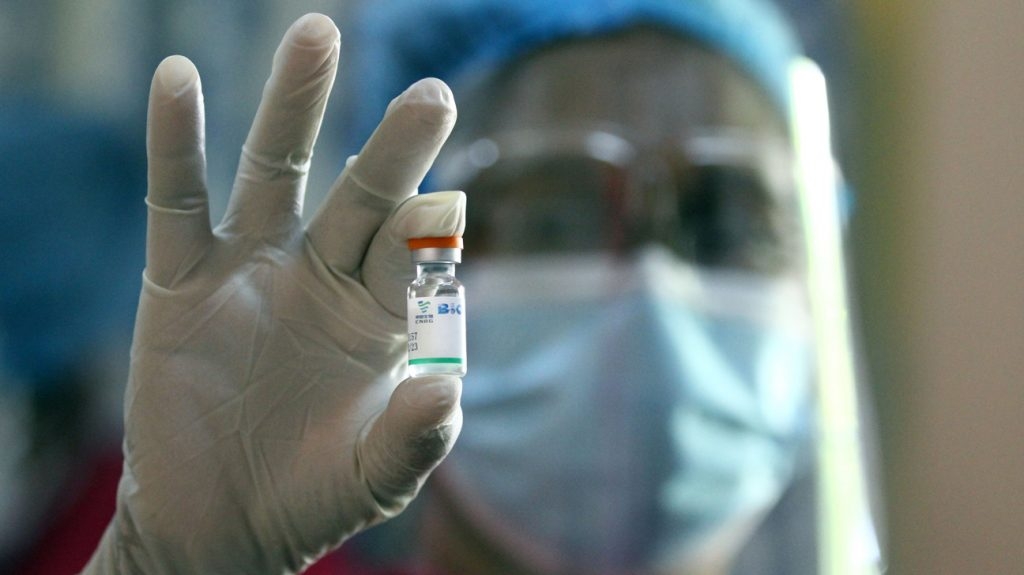Top 15 Deadliest Ingredients Ever Found In Vaccines - Number One Will Blow You Away

#12 Gentamicin Sulphate & Polymyxin B [antibiotics]
ALLERGIC reactions can range from mild to life-threatening.
From toku-e.com: Antibiotics are sometimes used to control bacterial growth when producing the viruses to make vaccines. According to Anaphylaxis.org, the antibiotic Kanamycin is used during the manufacturing process for one of the raw materials used in the production of the COVID-19 vaccine (Pfizer), but it is an ancillary product that is removed and may only appear as residual traces in minute quantities in the final vaccine. Therefore, this should not pose any risk of reaction in individuals allergic to Kanamycin or related antibiotics. No other antibiotics (such as penicillins, sulphonamides and neomycin) are used during the manufacturing process of the Pfizer vaccine. Generally speaking, antibiotics used during the production of (other) vaccines include neomycin, polymyxin B, streptomycin and gentamicin and only minute quantities remain in the vaccine.
If you have a history of anaphylaxis, you are not eligible to receive the COVID-19 vaccine due to a potential reaction with one of the ingredients such as preservatives, adjuvants, surfactants, or stabilizers. The vaccine contains polyethylene glycol (PEG), a macrogel that coats the mRNA and since it is hydrophilic, it facilitates the mRNA entry into the cell.
Messenger RNA (mRNA) vaccines do not contain live virus. These types of vaccines trigger an immune response and build immunity to SARS-CoV-2, the virus that causes COVID-19. In essence, they tell the cell how to make part of the ‘spike protein’, and since only a part of the spike protein is made, it is antigenic. Once displayed on the cell surface, the antigen (protein) causes the immune system to make antibodies which are specific to the SARS-CoV-2 virus, which means the immune system can protect against future infection. Neutralizing antibodies (nAbs) induced by the virus infection play a crucial role in controlling viral infection. For SARS-CoV-2, nAbs limit the infection at a later phase and prevent re-infection upon a future encounter with the virus. After the cell makes the piece of the spike protein, the cell breaks down the mRNA strand and disposes of them. The mRNA from the vaccine never enters the nucleus of the cell, and does not affect or interact with a person’s DNA.
Number 11

We are 100% funded for October.
Thanks to everyone who helped out. 🥰
Xephula monthly operating expenses for 2024 - Server: $143/month - Backup Software: $6/month - Object Storage: $6/month - SMTP Service: $10/month - Stripe Processing Fees: ~$10/month - Total: $175/month
- Art
- Causes
- Crafts
- Crime
- Dance
- Drinks
- Film
- Finance
- Fitness
- Food
- Jogos
- Gardening
- Health
- Início
- Literature
- Music
- Networking
- Paranormal
- Outro
- Politics
- Stories
- News
- Party
- Science
- Religion
- Shopping
- Sports
- SyFy
- Politically Incorrect
- Philosophy
- Theater
- Technology
- Wellness



